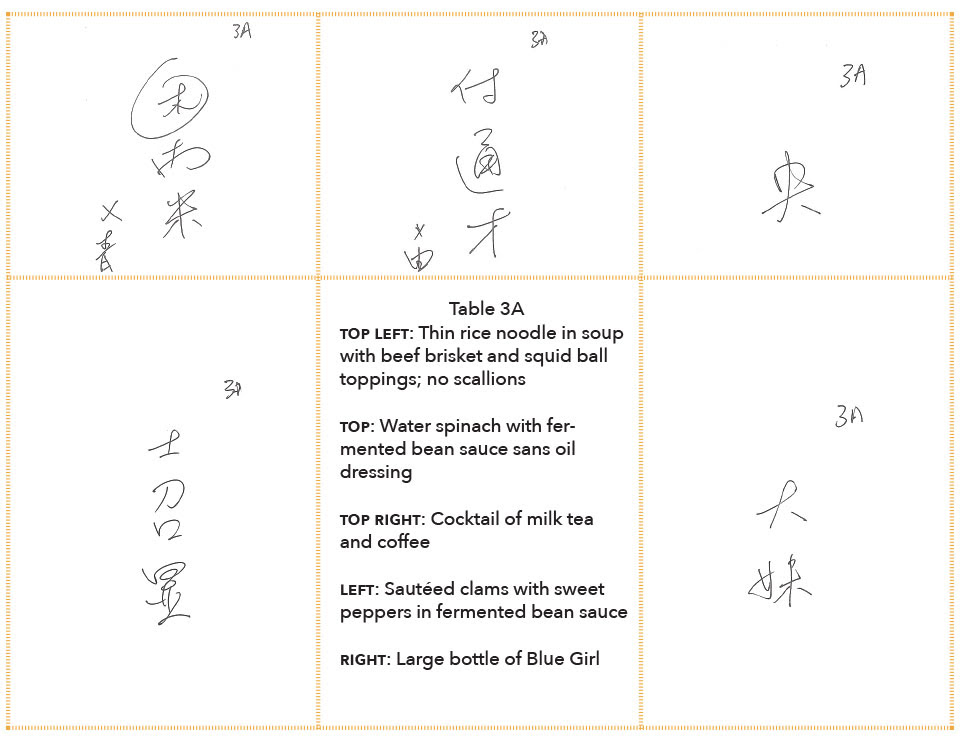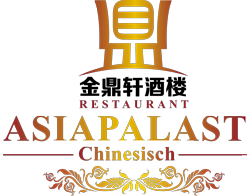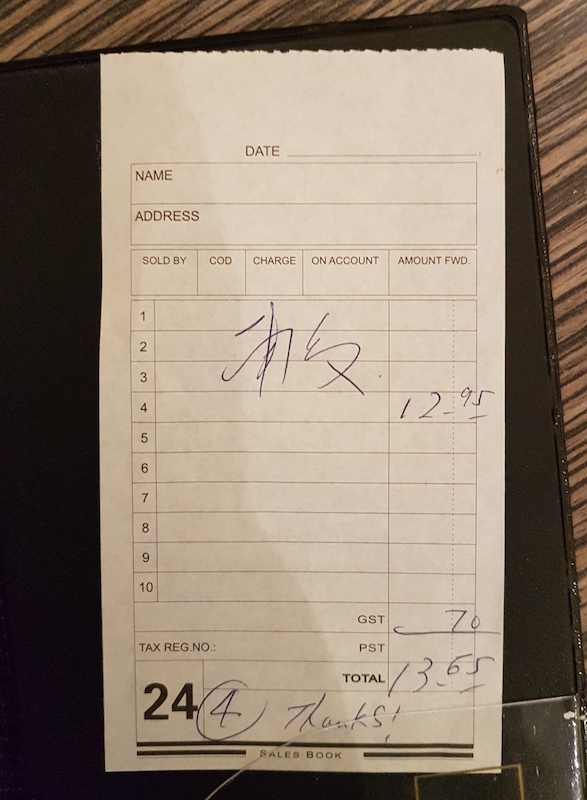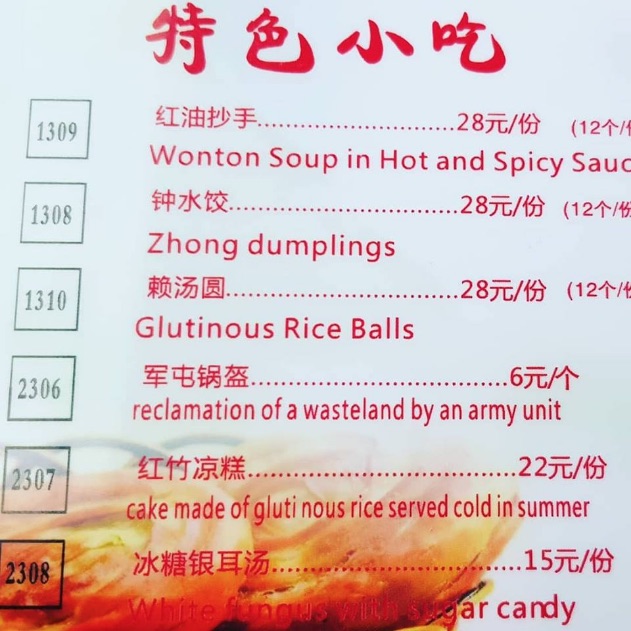Water chestnuts are not horse hooves
One of my favorite ingredients in Chinese cooking is the crunchy water chestnut, but it always puzzled me that the name for this item is mǎtí 马蹄 / 馬蹄. Although technically it's not a nut (it's the corm of an aquatic vegetable) and doesn't really look like a horse hoof, I tried to convince myself that maybe there was some sort of resemblance between the two after all.
It turns out that, while on the one hand mǎtí 马蹄 / 馬蹄 really does mean "horse hoof" and just happens to be the title of a chapter [the 9th] in my favorite early Chinese book (Zhuang Zi / Chuang Tzu / Wandering on the Way), on the other hand it also has a completely different etymology when applied to the water chestnut. Namely, it is borrowed into Mandarin and other Sinitic topolects from Cantonese maa5 tai4-2, maa5 tai4, where it is the transcription of a Kra-Dai substrate word (Li, 2012) (compare Zhuang makdaez). Source. I became even more hopelessly confused when I learned the derived Cantonese expression maa5 tai2 fan2 馬蹄粉 and thought that, well, this must be some sort of gelatin made from horse hooves (but that's just an urban legend anyway), when in truth it's simply water chestnut starch. This is but one example of how Chinese characters frequently lead us seriously astray when it comes to understanding the derivation and meanings of Sinitic words.
Read the rest of this entry »






